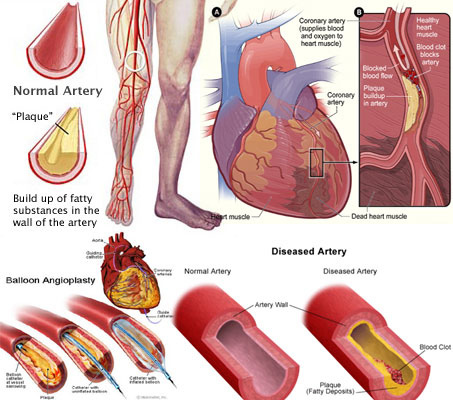Vision loss can affect anyone at any stage of life. You could lose your sight as a result of an accident (too bad and unfortunate if you are thus afflicted – I have yet to hear of a facility that specializes in eye replacement parts), or as a result of sickness or age. The trauma of losing sight is not felt as acutely by those who are born with natural impairment as those who are suddenly afflicted when they are grown up. One of the most common causes of vision loss among adults is diabetes.
Although we hardly do this, it is important to go in for regular routine eyesight tests and checks just to make sure that nothing sinister is taking place in our retinas or irises! For instance, did you know that controlling blood sugar level is essential for preserving sight? Well, we’ll come to that later. Today let us look at ways in which diabetes can affect your vision, and what you need to do if you are in such a situation.
- If you are diabetic you are much more likely to develop cataracts. When you are affected, you should immediately see your eye specialist. This kind of vision loss is not so grievous because it can be reversed by having surgery performed to remove the cataracts.
- The most sensitive area for vision is located at the center of your retina. Now, when you are affected by muscular edema, your macula swells and starts damaging your retina. When the symptoms for this infection are caught early it is possible to treat and reverse the condition using laser technology, however, once the damage is done, it is difficult to reverse the situation.
- The normal veins of the retina can experience an abnormal growth of veins at the back of the eye. This situation, known as proliferative retinopathy, leads to fragile vessels that often scar and bleed. If left untreated it can lead to scarring or tearing of your retina.
The key to finding a lasting solution to these eye problems lies in early detection and treatment. That is why a regular visit to your optometrist is essential. However, before you reach that level, there are several things you need to look out for in order to avoid the worst of these conditions – diabetic retinopathy. Here they are:
- When you begin to experience blurred vision regularly. The easiest way to detect this is when you develop difficulty reading.
- In some instances you may begin seeing mirages or floaters in your vision. This sometimes is accompanied by straining and pain in the eye especially when you are looking at distant objects.
- If you begin noticing veils or shadows across your field of vision leading to partial or complete loss of sight then you should be suspicious.
As you will learn from Optometrist Grafton and other medical websites, diabetic retinopathy can often be treated, prevented or delayed when action is taken early. The disease is actually not completely treated but the action helps in reducing loss of vision before severe damage sets in. For more information on this topic, visit http://www.hotfrog.com.au/Companies/Ford-Optometrists for further edification.













